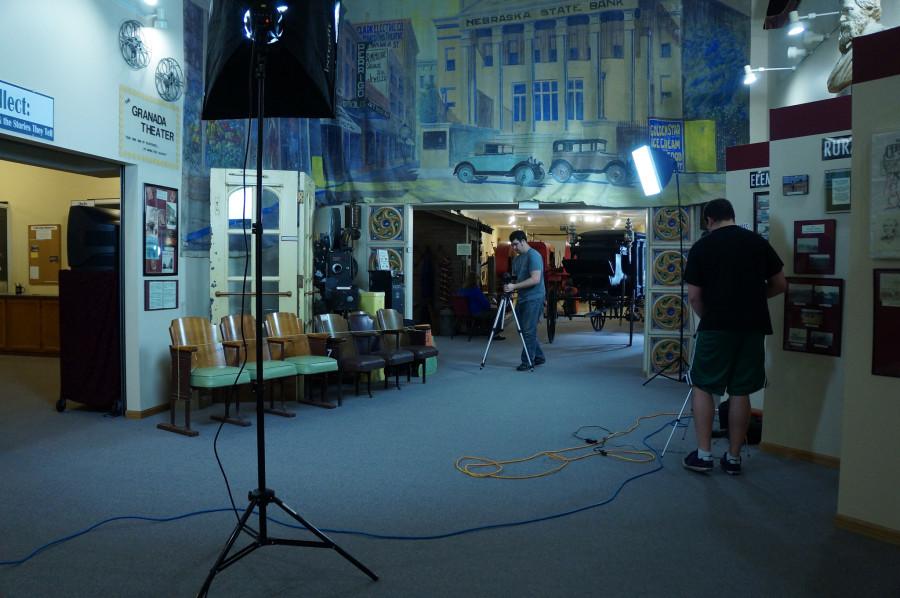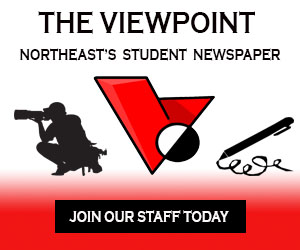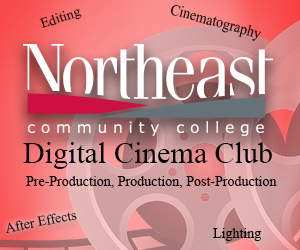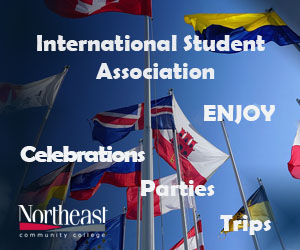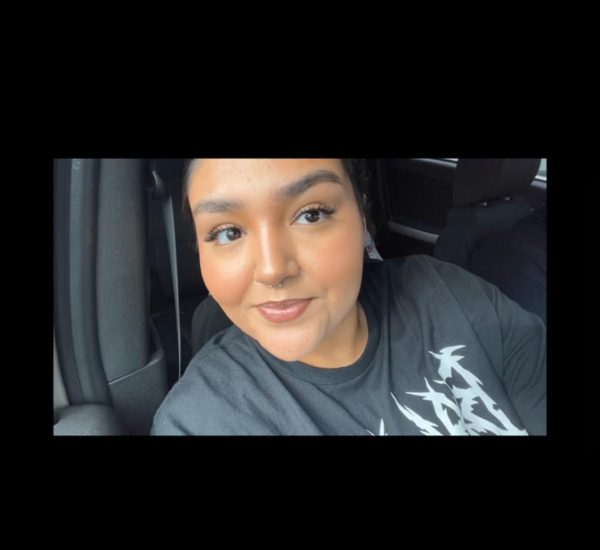Elkhorn Valley Museum Debuts Non-Profit Video Created By Digital Cinema Students
February 13, 2015
NORFOLK – One of Northeast Community College’s newest programs was in the spotlight Thursday night. Students and faculty in the College’s digital cinema program debuted their first collaborative project with an off-campus, Norfolk based non-profit entity – an orientation video produced on behalf of the Elkhorn Valley Museum and Research Center.
Timothy Miller, digital cinema and audio recording technology instructor at Northeast, said he is proud of his students and what they have produced. “A lot of individual effort from many different people went into making this happen. This is a big, big night and I can’t tell you how proud I am in the growth I have seen in our people and the efforts they have made,” he said. “I really want to thank the museum, and as a former board member, I know what we have here, it’s really a hidden gem. The work of the students on this project reflects the values of the community – and I believe when people see this on the World Wide Web, it will bring people to us, and they will see the best of what we have.”
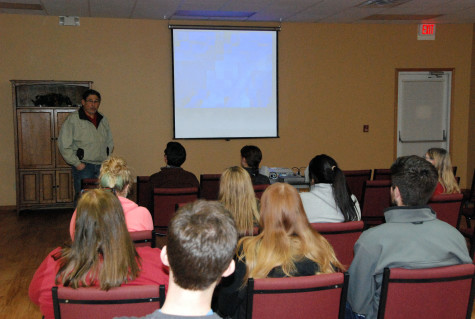
The orientation video is the culmination of a multimedia collaboration between the Elkhorn Valley Museum and Research Center and the new Media Arts digital cinema program at Northeast. The first year digital cinema students in Miller’s videography class and students in Instructor Nancy Sutton- Smith’s scriptwriting class produced small informational videos for each of the sections in the museum.
“The video can be used to inform visitors about the museum, for fundraising, sent out on DVD for promotional purposes, and for grant writing,” said Sutton-Smith. “This is a fantastic opportunity for the digital cinema students to have an actual client and to understand the process of creating a promotional video from beginning to end. Students will also be able to use the videos on a resume as they look for work in the media field.”
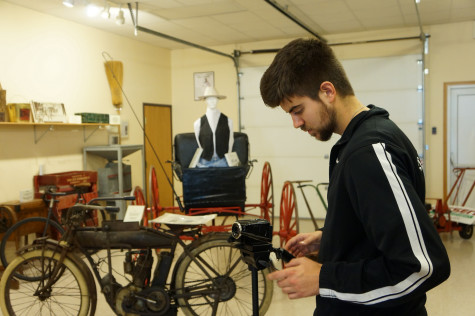
Sutton-Smith jumped at the opportunity to have her students take part in the project after Dr. Wade, Herley, dean of Northeast’s business and technology division, was approached by museum personnel who were seeking new ways to promote what they have to offer.
“Dr. Herley walked into my classroom and said ‘the Elkhorn Valley Museum called, is there anything we could do for them?’ My students were finishing up commercials and I was looking for a PSA (Public Service Announcement)-type project and this non-profit video was perfect,” Sutton-Smith said.
“Scriptwriting is a writing class, but these new digital cinema majors need to see a project go from script through production to finished product, or they will not know if their script worked or not.”
Students in the digital cinema program learn lighting, cinematography, post production, and everything it takes to be a video professional. Job opportunities include video editor, audio/video support, broadcast camera operator, multimedia journalist, movie production assistant or grip and independent filmmaking.
Miller said, “Digital cinema is a very exciting new program at Northeast. It is an interdisciplinary field that requires technical knowledge, creative thinking, problem solving and good communication skills. Our students have to think about the script, the talent, lighting, sound, color, cameras, crew and location at each step of the production process.”
Miller said theory is important for understanding the principles of an idea or technique. “It is abstract in a sense. A lab class is good for applying and practicing those principles and helps the abstract become more tangible. But being in a real world situation brings both together, it tests people and ideas, it refines techniques and approaches, it builds confidence and experience and it lets the student see how their efforts look and fit in with the rest of the project. We embrace these opportunities to make it real,” Miller said.
For the museum shoot, students wrote questions about each of the exhibits and interviewed museum Executive Director Ryan Leichenauer, Director of Education Jeana Ganskop, and Sheryl Schmeckpeper, vice president of the museum board of directors, among others.
The students also filmed events such as the Hands-on History Saturdays and Johnny Carson’s birthday party last fall. Sutton-Smith said, “The students collected B-roll, an industry term for video footage, which was used to illustrate the exhibits they are responsible for. They used that B-roll along with an interview to create an informational video for each exhibit.”
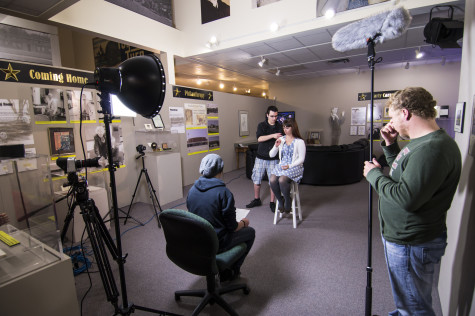
Ganskop said the video is another opportunity for the museum to promote itself. “We want to build our presence in the community and let people know about all they can see and do at the museum. A video is a dynamic way to share what we have via social media and our website, and it can even serve as an orientation video in the entrance to the museum.”
Leichenauer said at Thursday’s debut that he is pleased with the quality of the video. “Jeana and I have seen the video and think it’s great and we are happy to show it to all of you tonight. We wanted to do something to show our appreciation here at the museum so we could all watch it together and have a group moment since it was such a team effort,” he said. “Here at the museum, we really try to show what makes Northeast Nebraska so special and the video captures that perfectly and communicates it so well.”
To see the video, go online to YouTube at https://www.youtube.com/watch?v=IZeozT3UYfk.
Jackson Miller of the (Northeast) Viewpoint also contributed to this story.



